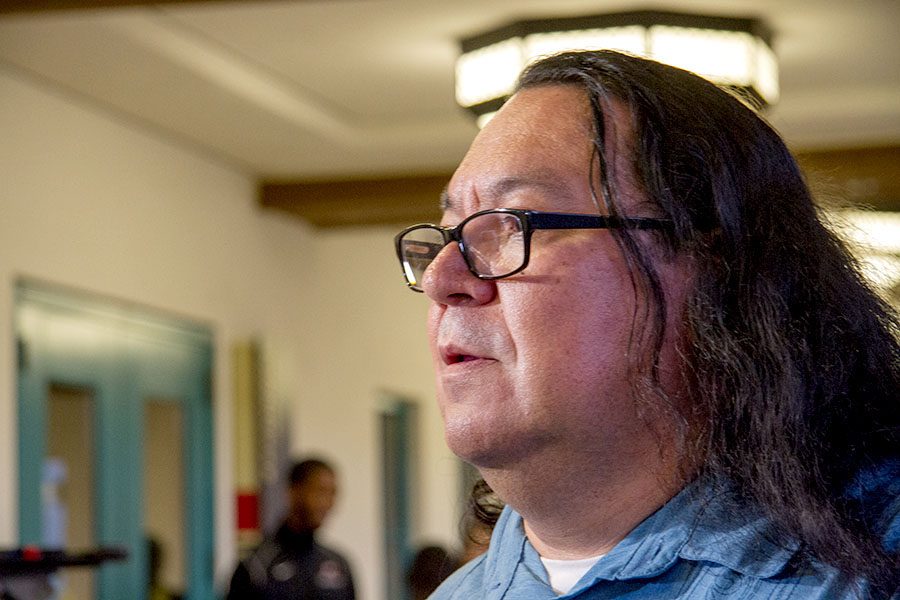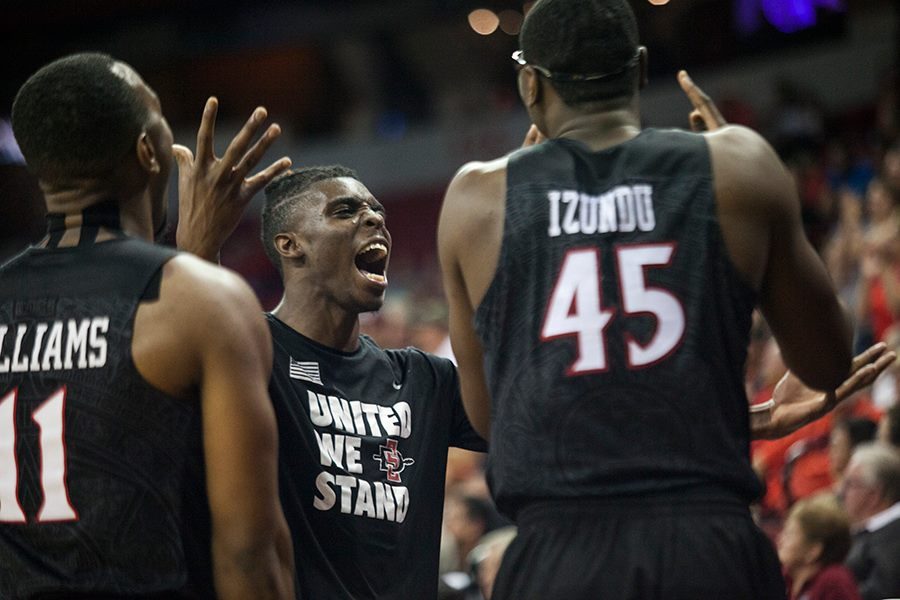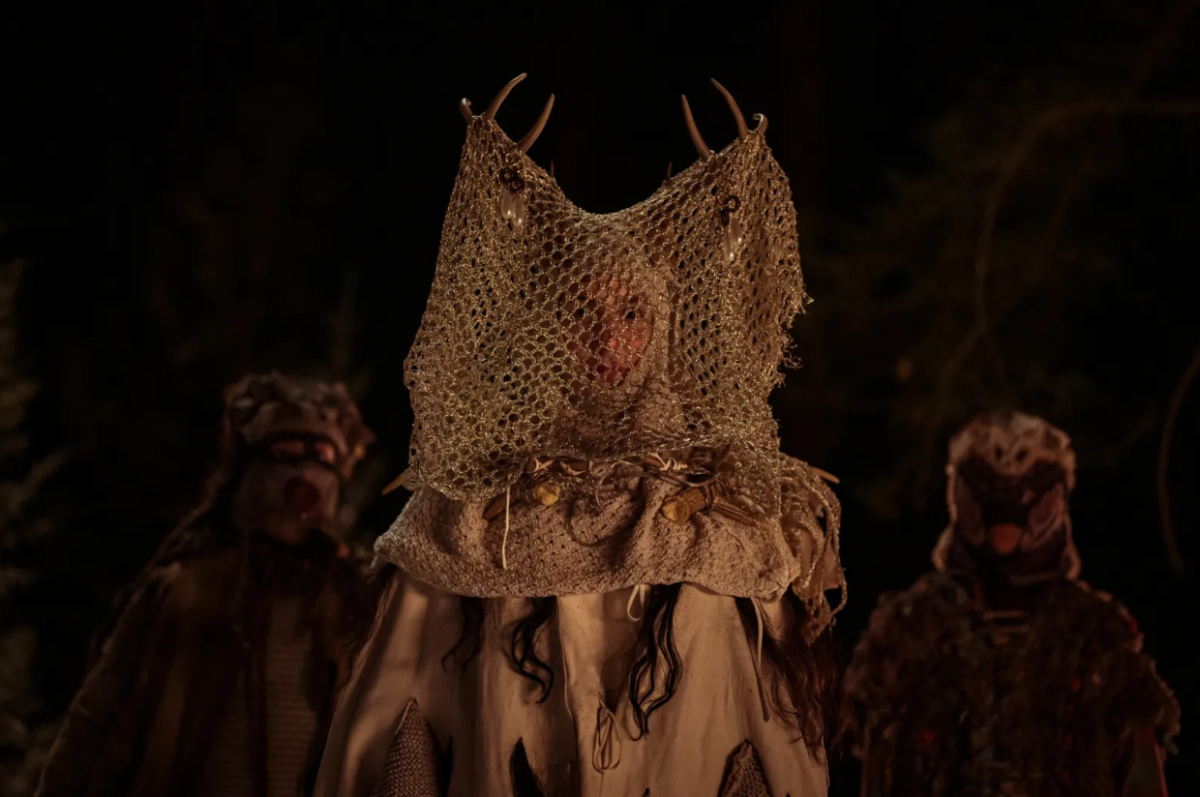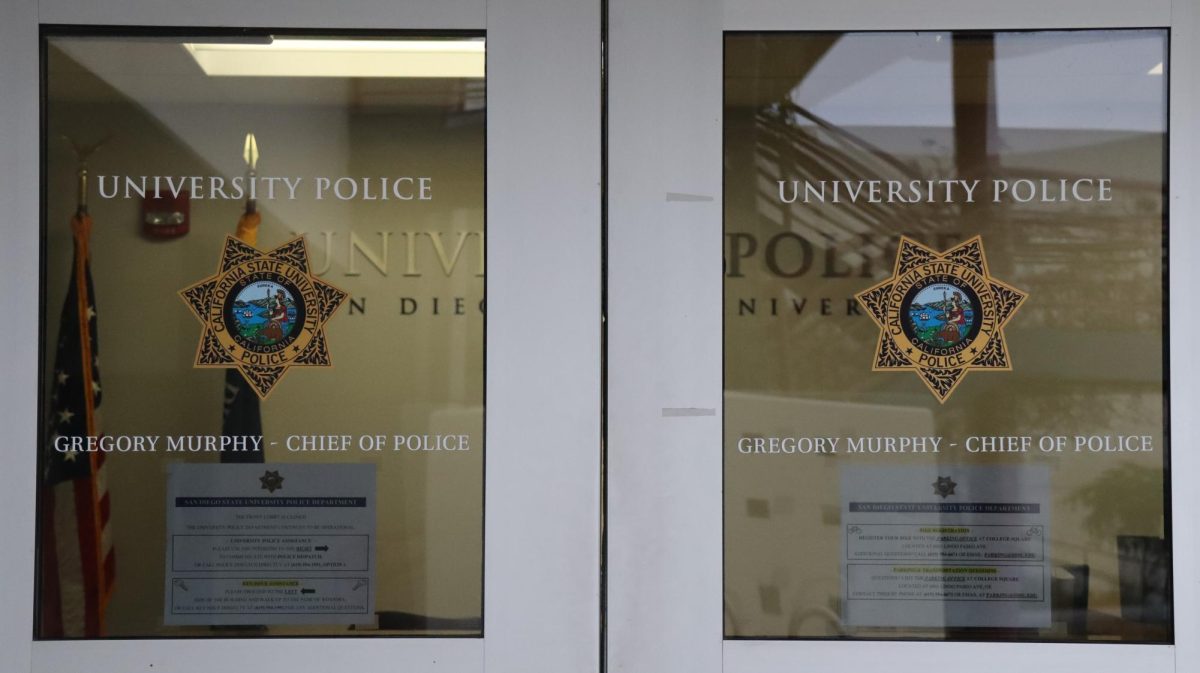In the wake of the events of Ferguson, it’s hard to look at black history month and marvel about the progress we’ve made in the U.S.
At times like this, it can seem outright hypocritical to celebrate progress, when one could have looked at footage of the Ferguson protests and have the dawning and painful realization that the “progress” we had celebrated for the past few decades, was nothing more than an empty word.
What was there to celebrate? It was on our television and laptop screens, that we saw the past replay before our very eyes. It was through Ferguson that we saw an eerie replay of the Rodney King protest of 1992, the Harlem riots of 1964, the Martin Luther King Jr. riots of 1968 and the Miami riots of 1980.
If the true purpose of learning history is to never repeat the mistakes of the past: we are doing something gravely wrong.
If the events of Ferguson are a testament to the racial injustices still evident in American society, then the deaths of six black youths at the hands of white police since Michael Brown’s death should tell us another pressing message about the necessity of learning our country’s black history.
We need black history now more than ever. Not just within this month, but all year.
Relegating black history to just February further perpetrates the ideals of “separate but equal” which justified racist segregation laws of American past. However, we cannot treat history as a relic from the past; when we do so, we risk repeating the mistakes of our forefathers. Black history must be relevant; it has to be directed to those who hold the torch towards the future. However, the current reality tells us a dire tale.
In 2012, it was recorded that only two percent of 12,000 American high school seniors, on the verge of entering their higher education, could identify the historic Brown v. Board of Education case. What’s even more telling is that 73 percent entirely skipped the question.
The lack of black history education continues into higher education. In 2012, a study was conducted for history literacy among 300 college graduates, and it was discovered that more college graduates knew who Lady Gaga was than the purpose of the Emancipation Proclamation.
Remembering the past, entails questioning where we move on in the future.
In neglecting to instill black history pervasively into the larger pantheon of American history, we are risking the future of African-Americans across the U.S. The clear and troubling disparity in black history education demands an urgent and comprehensive reformation in how we teach black history and that starts by ending black history month and teaching it throughout the year.
It’s 2015, and when we look at a reality where black youths are 21 times more likely to get shot by cops than their white counterparts, we have to look into the past to gain perspective on how deep these injustices run. Michael Brown wasn’t the first black youth to fall to this system, and he most certainly won’t be the last, if we fail to act.
It was in 1955, Emmett Till, a 14-year-old black teenager, was brutally tortured and murdered by the hands of two white men, Roy Bryant and J. W. Milam, who believed that Till was flirting with one of their wives. Till’s torture and brutally mutilated body was covered by many newspapers, rallying many together to demand justice for Till and his family.
However, justice was not served.
Even though there was overwhelming evidence that Bryant and Milam tortured and murdered Till, the two men were acquitted of their crimes. Bryant and Milam later admitted in an interview with Look magazine that they killed Till, however, due to the double jeopardy clause of the Fifth Amendment, they were not able to be tried again.
Till’s murder is once that is etched in black history as a pivotal moment where the African-American community said, “Enough is enough.” The incident ignited the African-American civil rights movement. However, it’s also one of many cases in the ’60s of violence against black youths going unresolved. In fact, there is a shocking multitude of unsolved black murder cases from the ’50s and the ’60s, which remain unsolved to this day.
Will Michael Brown become another Emmett Till?
Is he in the long line of young teenagers who had to know too soon the racist institutions that still uphold our society? It’s been 60 years since Till’s death, 50 years since unarmed black teen, James Powell, was murdered at the hands of a white cop, 23 years since the Rodney King riots against Los Angeles police and three years since the events of Trayvon Martin; where is the justice?
Furthermore, six black youths have been killed by the police since Michael Brown, including 12-year-old Tamir Rice and 14-year-old Cameron Tillman.
History is repeating itself. We need to act.
We have to treat black history with the same and equal reverence in which we treat the rest of American history. Black history isn’t just a singular part of American history; it’s a pervasive part of a vast fabric that is the American narrative.
And, we cannot forget that black history is a part of the American future also. The African-American narrative, past and future, in the U.S. isn’t one that is defined solely by the injustice. It’s defined by the uprisings and the determined activists who refused to do nothing in the face of injustice. Injustice thrives on apathy, and Americans need to see black history and be enraged that the murder of innocent black youths is not a thing of the past. It’s in the present in which we need to act.
This includes Americans who aren’t black. Solidarity is a necessity, and for solidarity to exist, black history needs to exist all year as part of larger American history.
Perhaps by doing so, we can make America realize that black history isn’t about “them.”
It’s always been about us.














